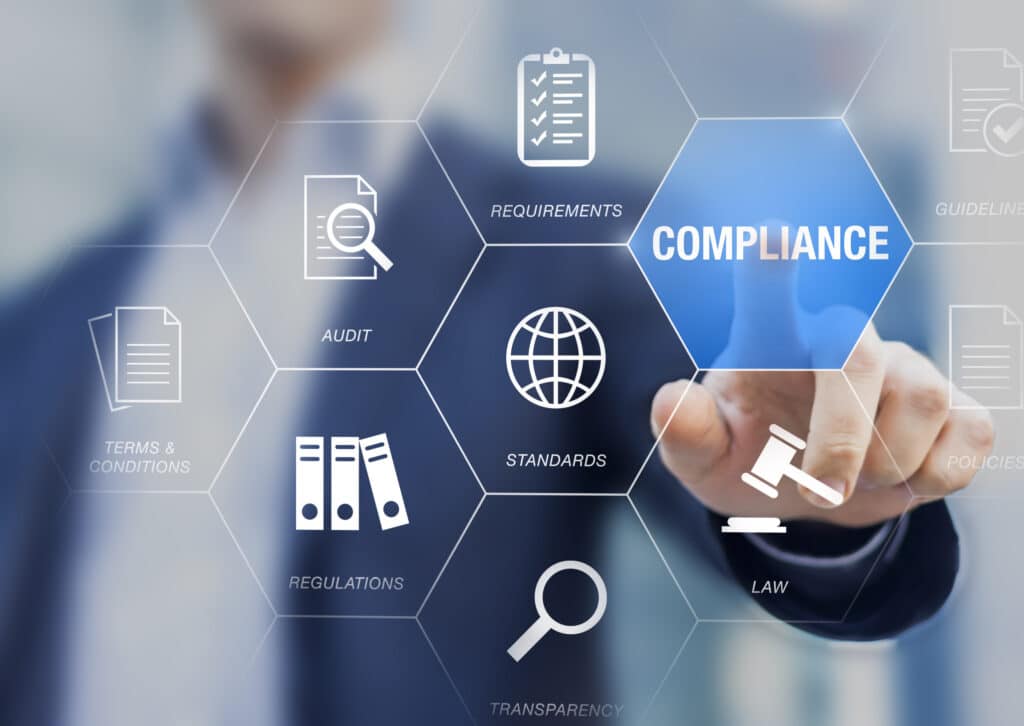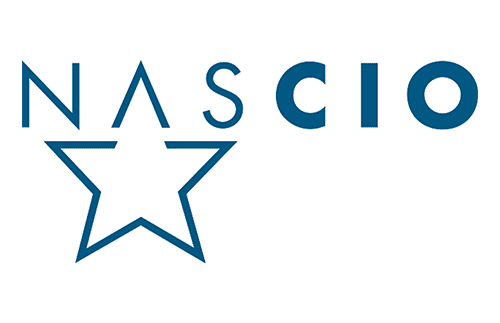The Digital Divide is an idea that’s gained serious steam in political discourse lately.
It’s a multiheaded problem, but can be summed up as the gap in access to information and modern communication technology between different groups of people. This gap disproportionately affects underprivileged members of society — particularly the elderly, those in poverty, individuals living in rural settings, and those experiencing systemic permanent disenfranchisement (homelessness).
One of the most striking findings regarding this phenomenon? According to one study, 27.6 million (22.5%) of US households don’t have home internet. Some of their other key findings?
- Over a quarter million (265,331) American households still use dial-up internet.
- The most-connected states? Utah, Colorado, and California.
- The least-connected states? Mississippi, Arkansas, and Alabama.
As the White House noted in a recent release detailing a new Executive Order concerned with making changes at the Federal level,
…people have to navigate a tangled web of Government websites, offices, and phone numbers to access the services they depend on….
How Can We Close the Divide?
The recent $1.2 Trillion Bipartisan Infrastructure Package promises to address this issue head-on in a calculated push towards Digital Equity.
In fact, $65 billion of those dollars are going directly to expanding broadband connectivity. A further $2.75 billion of the package is devoted specifically to digital equity and inclusion programs — aimed at educating people with technology skills, and providing access to the devices they need to stay connected.
This article by Government Technology makes an important point about the timing of the package:
This sort of investment seemed like a moonshot before the pandemic, when public-sector funding for digital inclusion was growing yet still relatively scarce… When the pandemic struck in early 2020, more vital functions and key pieces of everyday life were forced online, and this emphasized the importance of getting the entire country connected and able to use new technology in meaningful ways.
COVID-19 exposed just how vital access to the internet can be. Between staying connected with loved ones, holding virtual appointments, and for some, bringing their once in-person jobs home — those with access to technology were better poised for the challenges of a pandemic.
While this is a national initiative, an enormous amount of the work involved in delivering Digital Equity will fall to state and local government. So it’s undoubtedly heartening for them to see the Federal government is taking aim at this challenge by delivering tangible support.
Citizens who are given greater digital access are happier, but delivering that access means government must be omnichannel. If an agency is trying to engage with the underserved, for instance, mobile access becomes important, since it’s the only web access many lower-income groups may possess.
What Happens Next?
An initiative as ambitious as the Digital Equity portion of the package will run up against its share of challenges. Building the actual infrastructure to support digital engagement is one of them. However, the upside to the investment could be colossal.
Some localities have already taken measures to advance accessibility. The Sonoma County Safety Net is one outstanding example of how some of them have already led the way on this front.
As more citizens of every social and economic stripe are connected to the internet, the more they’ll be able to participate in the benefits of the digital era, and in the work of government. Further, the government entities that serve these people will be inspired by their successes to increase the pace of their own modernization efforts, inevitably advancing the United States’ digital transformation journey on state, city and town at a time.














